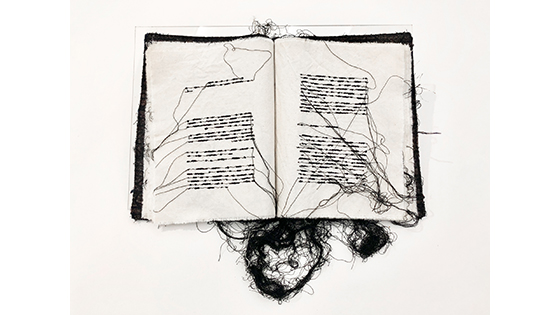Acclaimed sculptor Antony Gormley presents his most significant solo exhibition for over a decade. A conversation between old works and new, it will span his wide-ranging practice and exploit the scale and light of the RA’s architecture.
This exhibition is intended as a form of adventure that invites both physical and imaginative participation. The body in Gormley’s work is not a protagonist in a narrative, nor an ideal, a portrait or a memorial – it is the body inand as space.
Early experimental sculptures, objects and drawings – often made using his own body as a primary tool, material and subject – are brought together with large scale environments made especially for the RA. Using organic, industrial and elemental materials, such as iron, steel, lead, seawater and clay, the solidity and certainty of sculpture is put to the test, acknowledging entropy, disintegration, the experience of disorientation. Our understanding of matter itself is under scrutiny – what it means to have a body, when every ‘thing’ is essentially space and energy. Sculpture, for Antony Gormley, is not treated as a ‘thing apart’, separate from its context; it is a means of interrogating and activating its space and place. His negotiation of the surface of the body, his preoccupation with the space within, treads the line between the body as a container of feeling, a living reality, our ‘condition’, and the body as an abstract entity.
From the British coastline to the rooftops of Manhattan, Antony Gormley’s sculptures are recognised across the world. With work from his 45-year career alongside major new installations created for the galleries of Royal Academy of Arts, it will be present his most ambitious exhibition in more than ten years.
Following in the footsteps of Ai Weiwei and Anselm Kiefer, Antony Gormley will be the next artist to take over our Main Galleries with a series of works that test the scale and light of the RA’s architecture. The exhibition will explore Gormley’s wide-ranging use of organic, industrial and elemental materials over the years, including iron, steel, hand-beaten lead, seawater and clay. We will also bring to light rarely-seen early works from the 1970s and 1980s, some of which led to Gormley using his own body as a tool to create work, as well as a selection of his pocket sketchbooks and drawings.
Throughout a series of experiential installations, some brand-new, some remade for the RA’s galleries, we will invite visitors to slow down and become aware of their own bodies. Highlights include Clearing VII, an immersive ‘drawing in space’ made from kilometres of coiled, flexible metal which visitors find their own path through, and Lost Horizon I, 24 life-size cast iron figures set at different orientations on the walls, floor and ceiling – challenging our perception of which way is up.
Perhaps best-known for his 200-tonne Angel of the North installation near Gateshead, and his project involving 24,000 members of the public for Trafalgar Square’s the Fourth Plinth, Antony Gormley is one of the UK’s most celebrated sculptors.
The exhibition is curated by Martin Caiger-Smith, with Sarah Lea, Curator at the Royal Academy of Arts.
Please note: if you are sensitive to enclosed spaces, one of the works may not be suitable for you to enter. Please ask a member of staff for the best route around. Some of the works contain water, sharp edges and materials that can transfer onto clothing.
Looking for Friends previews? Reserve your slot for 18-20 September
Antony Gormley
Solo Exhibition, Royal Academy of Arts, London, United Kingdom
September 21 – December 3, 2019









